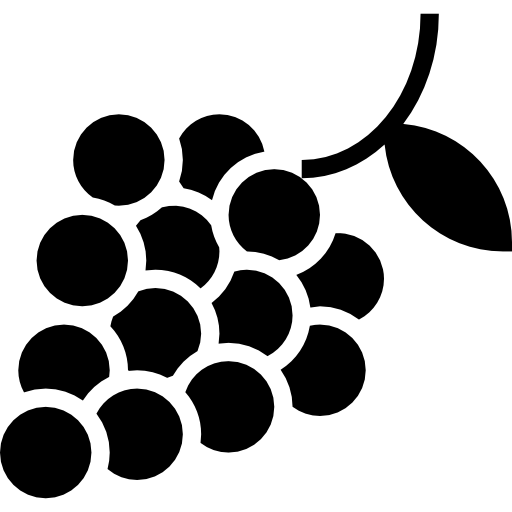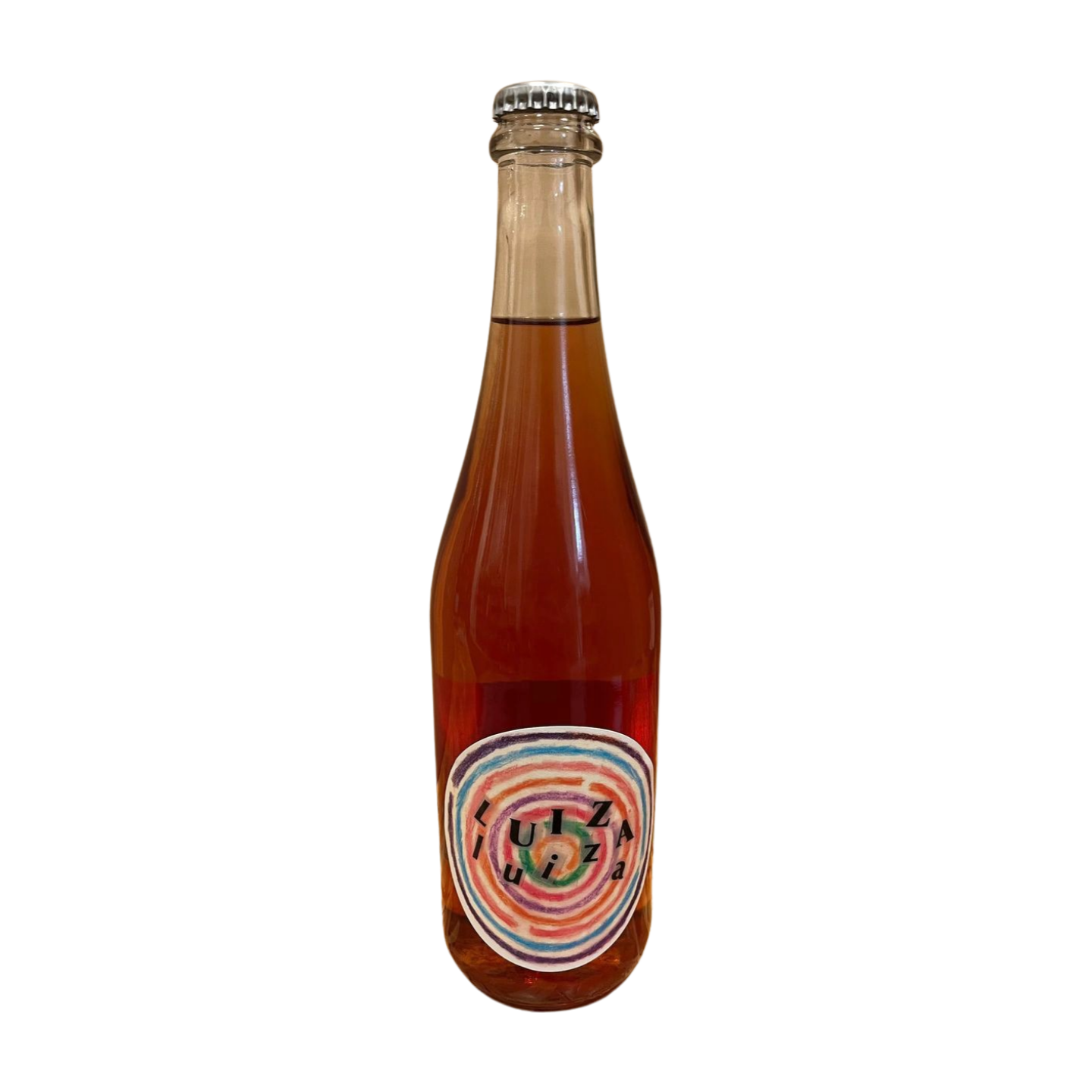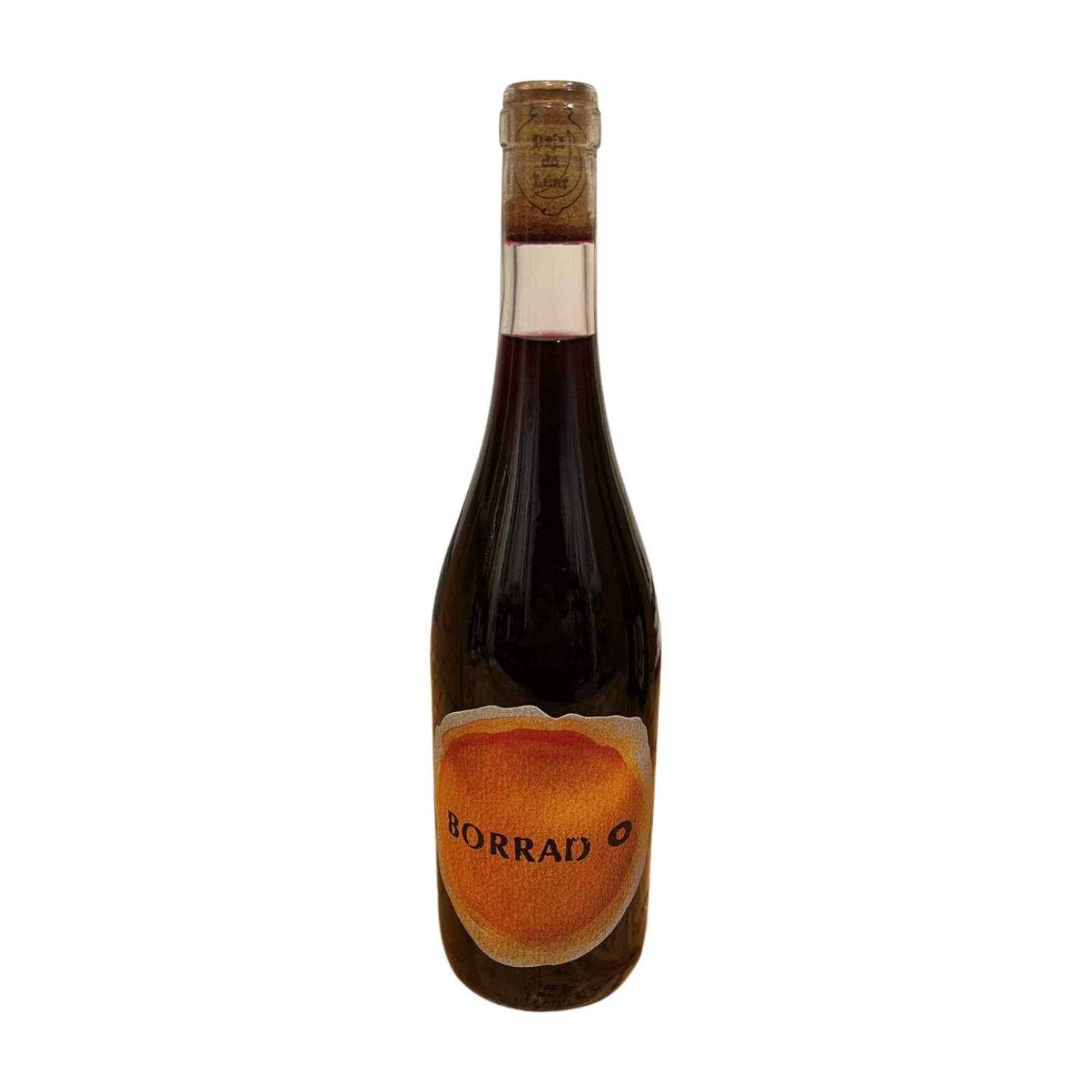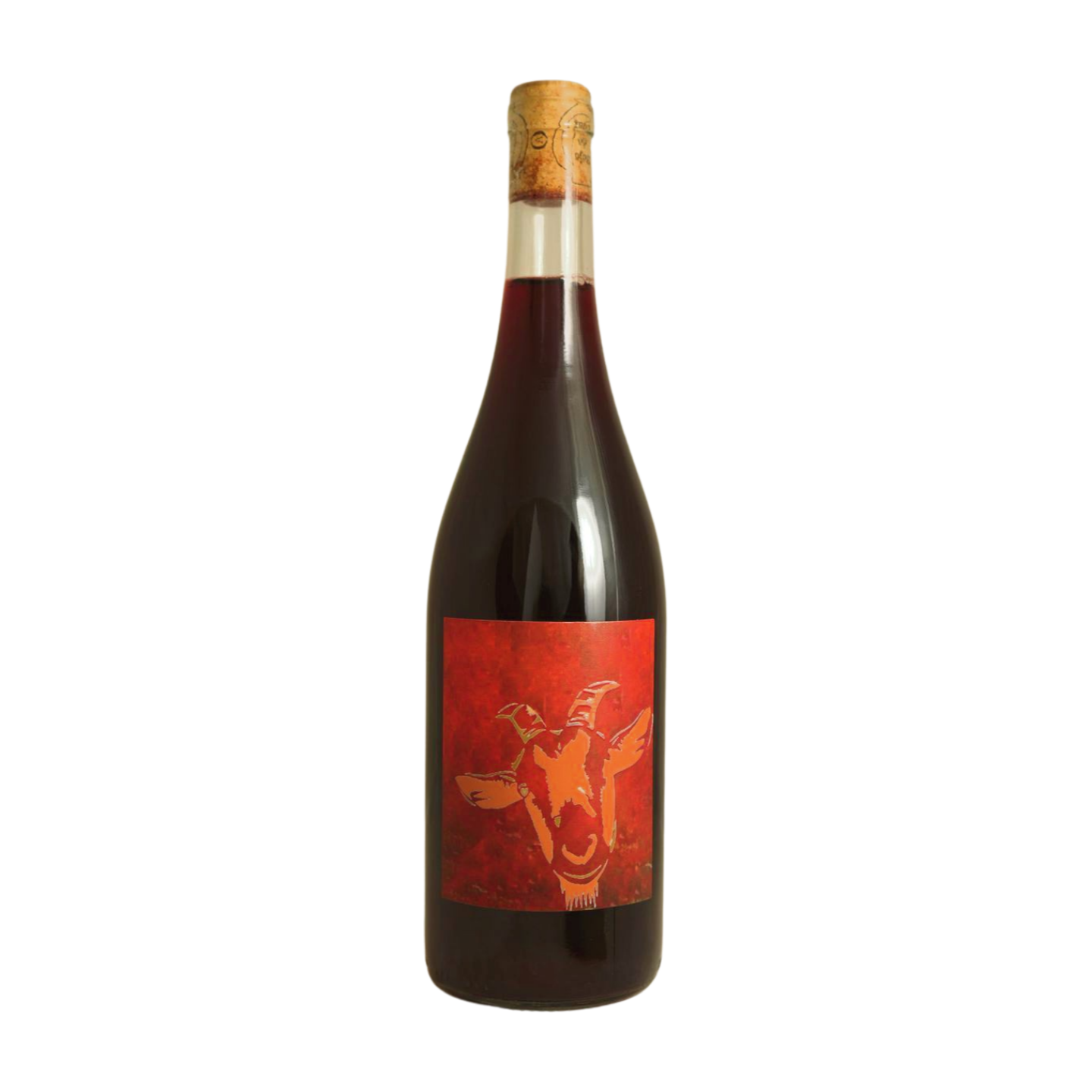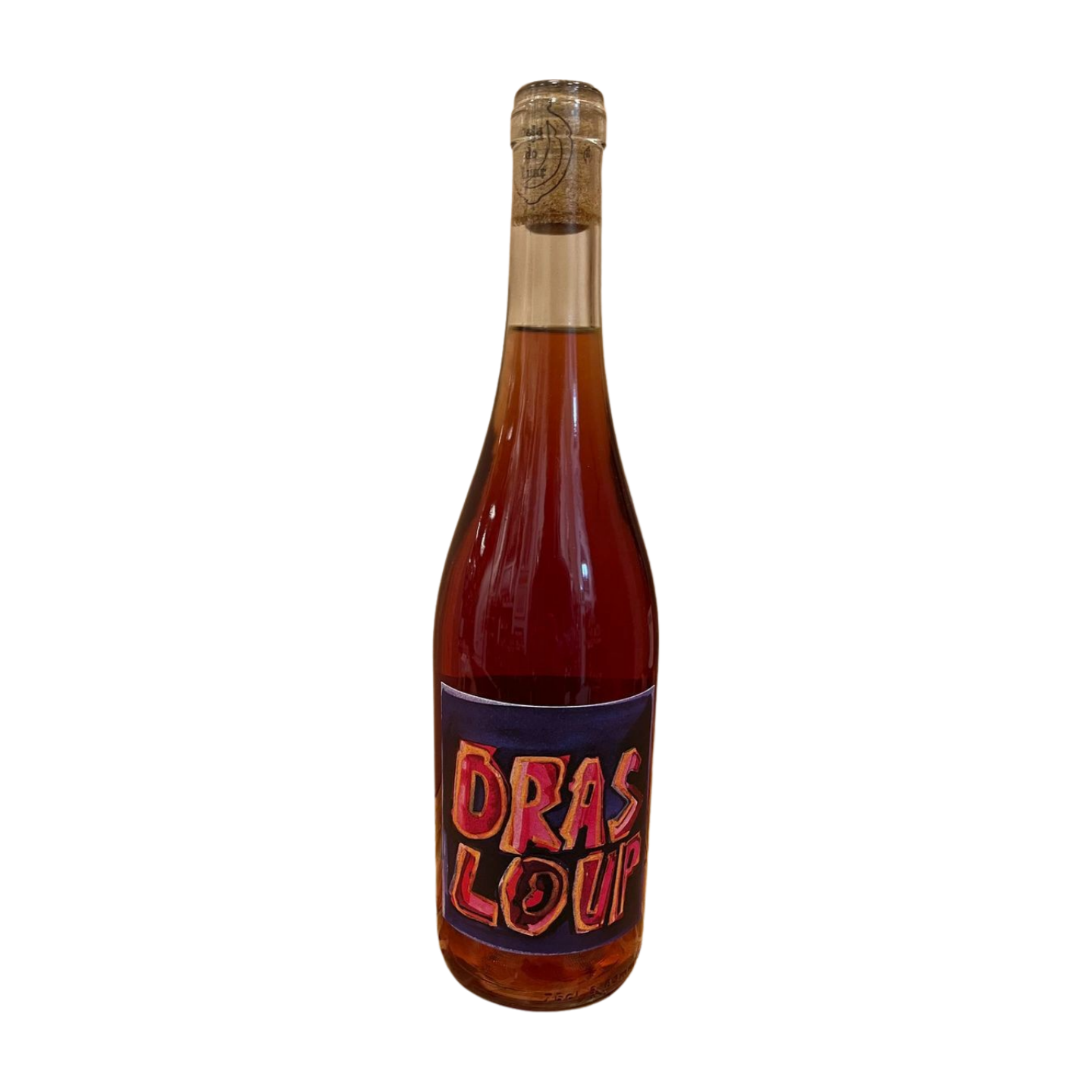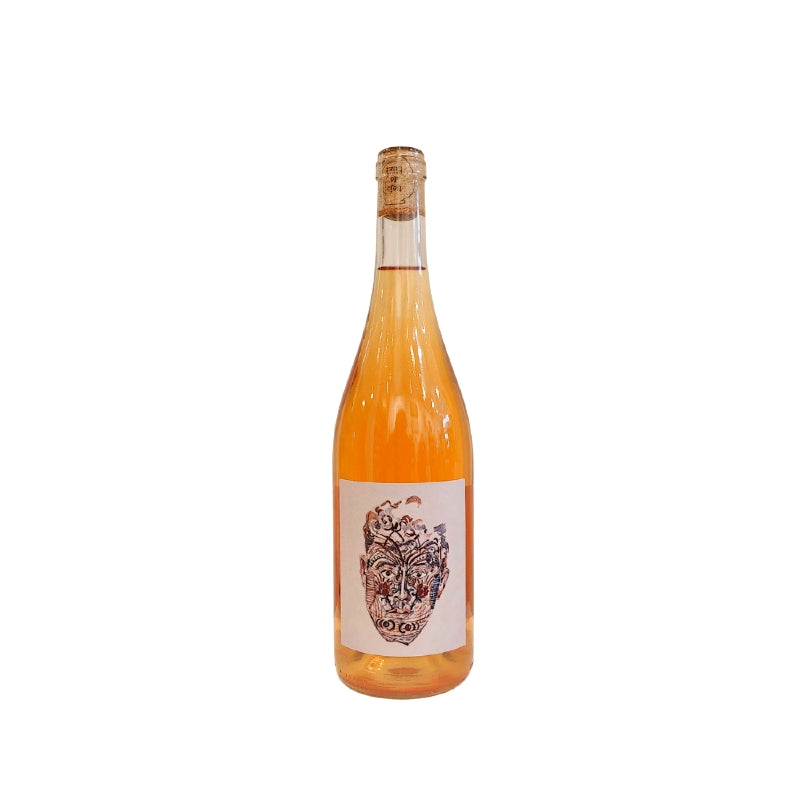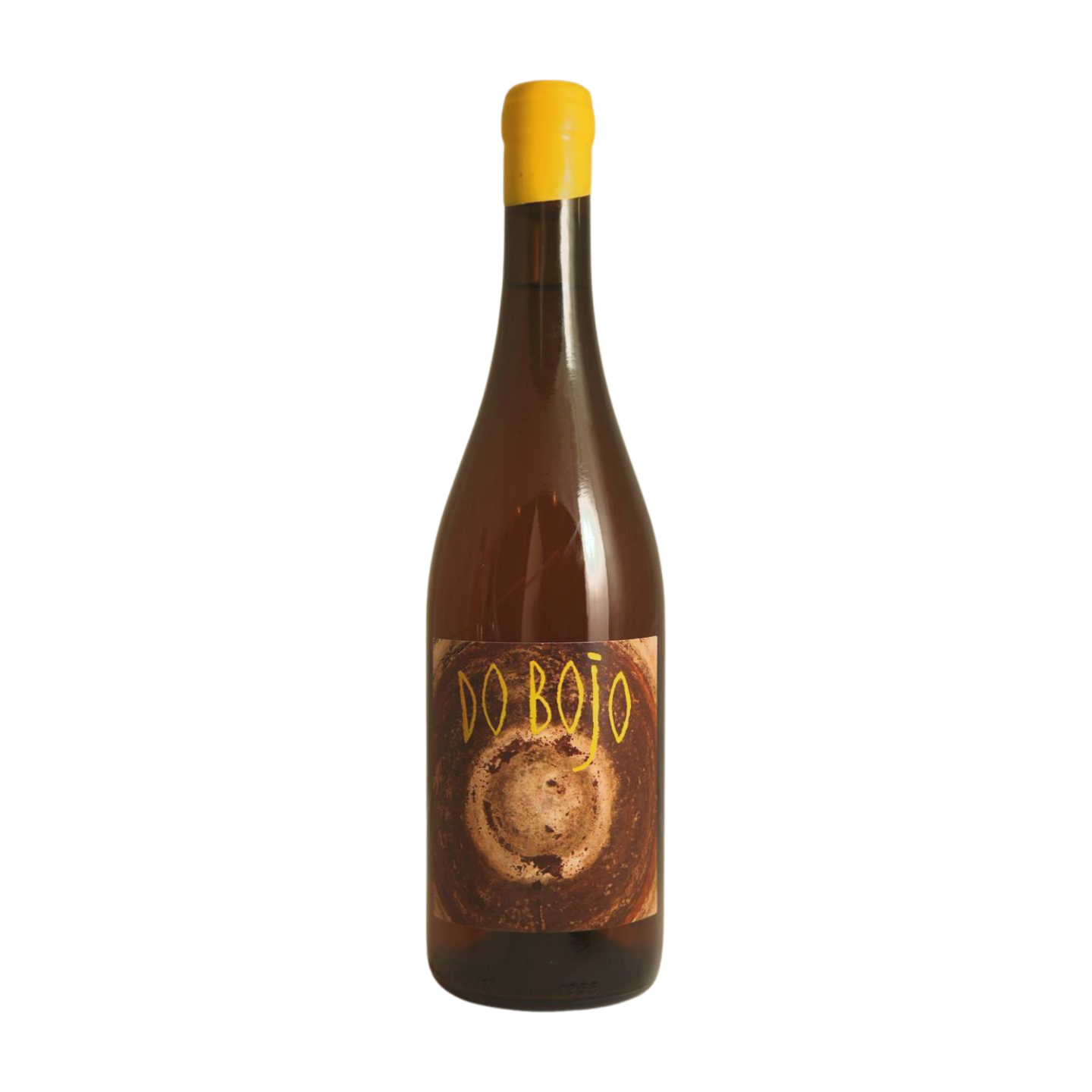A striking example of a skin-contact white wine from the Vinho Verde region, a minimal-intervention expression that leans into the aromatic intensity of Loureiro, sometimes blended with Arinto.
Sourced from organic and biodynamic vineyards, the winemaking focuses on maximum textural extraction and purity of fruit. The grapes are typically destemmed and introduced into stainless steel tanks where a key feature of the Bojo do Luar house style is employed: the addition of ground chestnut flowers to aid in natural stabilization. Following a spontaneous fermentation by indigenous yeasts, the wine is left to macerate on the skins for an extended period, frequently around six weeks, contributing to its distinct profile and subtle amber hue, classifying it as an orange wine. After skin contact, the wine often undergoes malolactic conversion before being bottled unfiltered with only a small, minimal dose of sulfur dioxide added at bottling, typically around 30ppm.
On the nose, Doralice offers a complex tapestry that moves beyond primary fruit, presenting clear notes of apricot, bruised apple, and orchard fruit, underpinned by a characteristic citrusy freshness and a clean minerality. The palate is textural and vibrant, possessing a pronounced medium acidity that cuts through the tannic grip derived from the skin contact, leading to a long, dry, and clean finish that makes it both intellectually engaging and incredibly refreshing.




